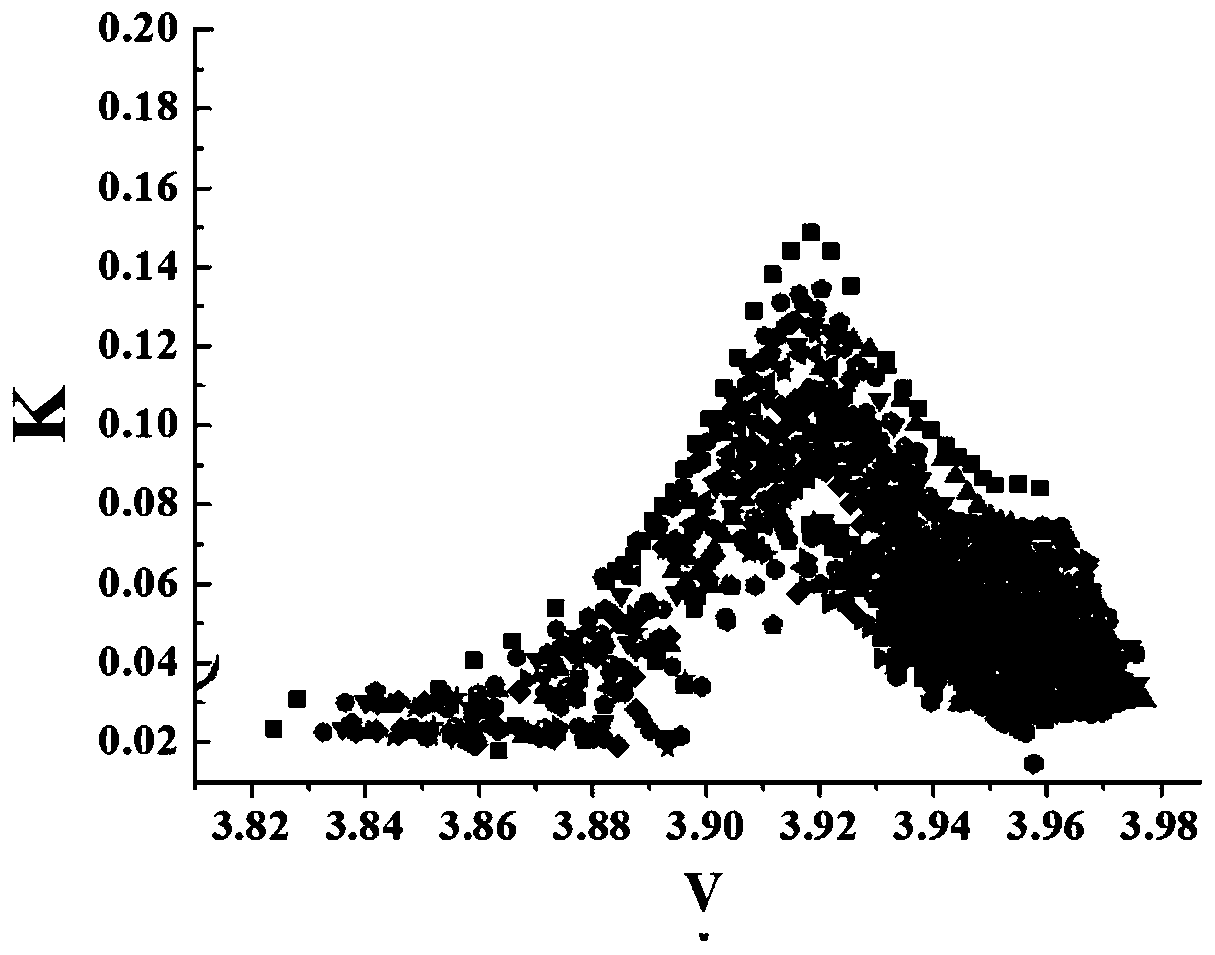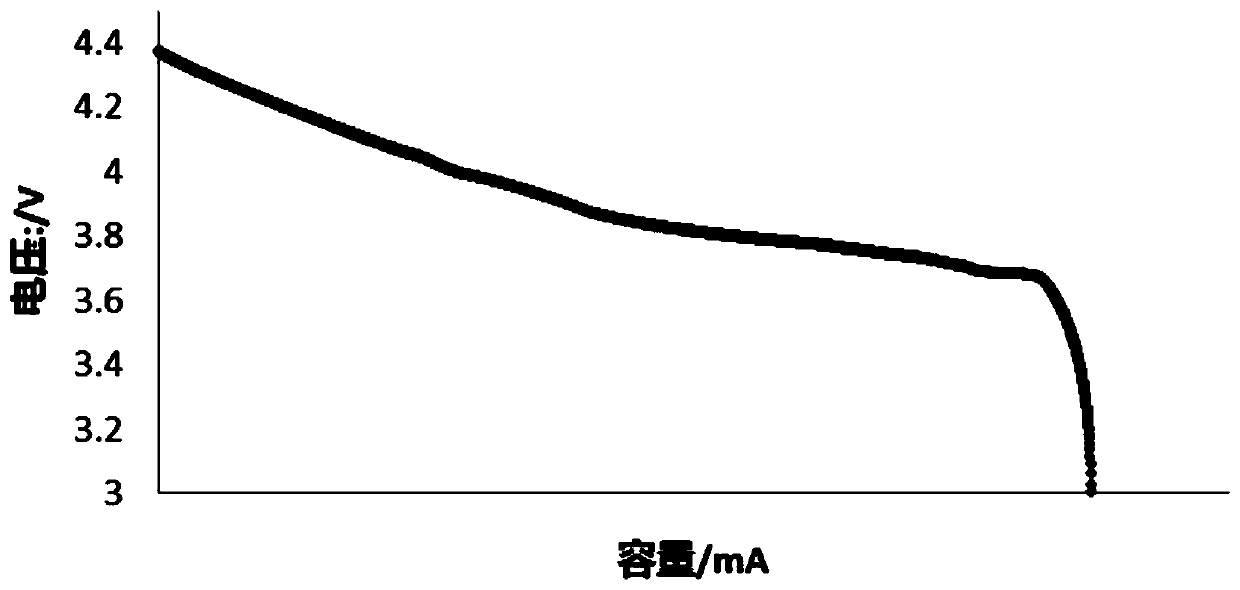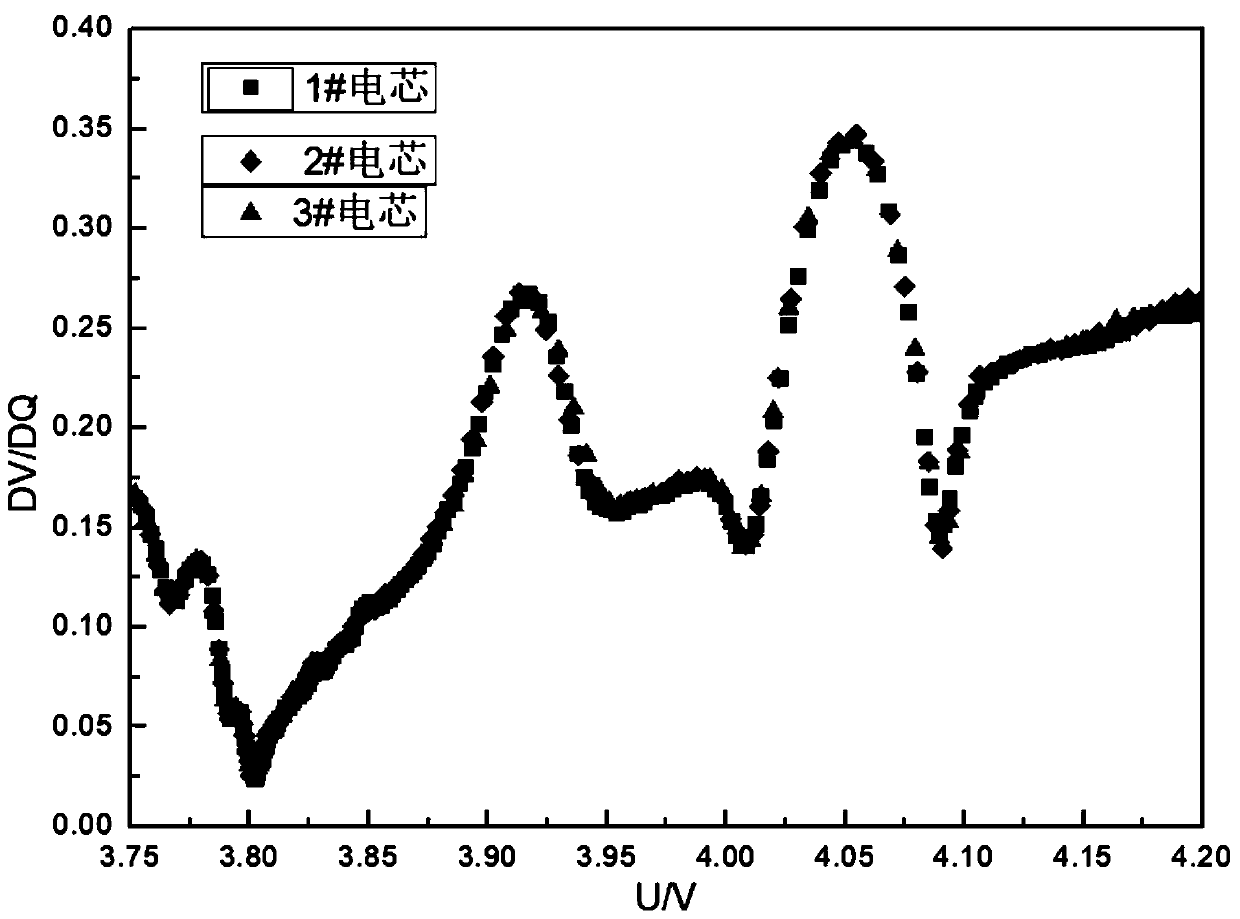Method for detecting self-discharge current of battery cell
A technology of battery cells and self-discharge, which is applied in the direction of measuring electricity, measuring electrical variables, measuring devices, etc., and can solve problems such as the failure of the equipment to start up normally, the difference in series voltage, and the overall low capacity of the battery pack.
- Summary
- Abstract
- Description
- Claims
- Application Information
AI Technical Summary
Problems solved by technology
Method used
Image
Examples
preparation example Construction
[0049] The preparation method of the present invention will be further described in detail in conjunction with specific examples below. It should be understood that the following examples are only for illustrating and explaining the present invention, and should not be construed as limiting the protection scope of the present invention. All technologies realized based on the above contents of the present invention are covered within the scope of protection intended by the present invention.
[0050] The experimental methods used in the following examples are conventional methods unless otherwise specified; the reagents and materials used in the following examples can be obtained from commercial sources unless otherwise specified.
Embodiment 1
[0052] Select three 4.45V batteries with the same preparation method and composition, charge and discharge at 0.02C rate, and obtain the dV / dQ diagram; test their K values at 3.94V, which are 0.015mV / h and 0.045mV / h respectively , 0.08mV / h; the self-discharge current calculated by I=K / F(V) is 57μA / h, 196μA / h, and 309μA / h. Such as Figure 4 with Figure 5 shown.
Embodiment 2
[0054] Select three 4.40V system batteries with the same preparation method and composition, and measure their K values at 3.97V as 0.03mV / h, 0.051mV / h, and 0.084mV / h; according to the known K value of a certain voltage range, I=K / F(V); Since I remains unchanged and the F(V) curve is known, the K value at a certain voltage can be obtained, and the theoretical calculation of the K value at 3.944V, 3.941V, and 3.90V is 0.0305mV respectively / h, 0.057mV / h, 0.108mV / h; the actual test value error is within 3%. The results are shown in the table below.
[0055]
PUM
 Login to View More
Login to View More Abstract
Description
Claims
Application Information
 Login to View More
Login to View More - R&D
- Intellectual Property
- Life Sciences
- Materials
- Tech Scout
- Unparalleled Data Quality
- Higher Quality Content
- 60% Fewer Hallucinations
Browse by: Latest US Patents, China's latest patents, Technical Efficacy Thesaurus, Application Domain, Technology Topic, Popular Technical Reports.
© 2025 PatSnap. All rights reserved.Legal|Privacy policy|Modern Slavery Act Transparency Statement|Sitemap|About US| Contact US: help@patsnap.com



